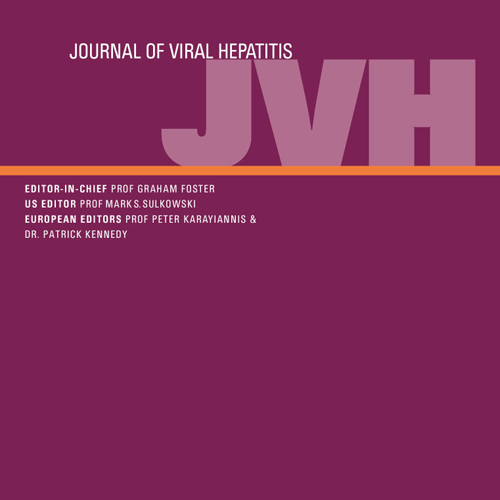Summary
In Pakistan, substantial changes to hepatitis C virus (HCV) programming and treatment have occurred since the 2008 nationwide serosurvey estimated a 4.8% anti-HCV prevalence. In the absence of an updated national study, this analysis uses provincial data to estimate a national prevalence and the interventions needed to achieve elimination. Using a Delphi process, epidemiologic HCV data for the four provinces of Pakistan (accounting for 97% of the population) were reviewed with 21 subject-matter experts in Pakistan. Province-level estimates were inputted into a mathematical model to estimate the national HCV disease burden in the absence of intervention (Base), and if the World Health Organization (WHO) elimination targets are achieved by 2030 (80% reduction in new infections, 90% diagnosis coverage, 80% treatment coverage, and 65% reduction in mortality: WHO Elimination). An estimated 9,746,000 (7,573,000–10,006,000) Pakistanis were living with viraemic HCV as of January 1, 2021; a viraemic prevalence of 4.3% (3.3–4.4). WHO Elimination would require an annual average of 18.8 million screens, 1.1 million treatments, and 46,700 new infections prevented anually between 2022 and 2030. Elimination would reduce total infections by 7,045,000, save 152,000 lives and prevent 104,000 incident cases of hepatocellular carcinoma from 2015 to 2030. Blood surveys, programmatic data, and expert panel input uncovered more HCV infections and lower treatment numbers in the provinces than estimated using national extrapolations, demonstrating the benefits of a bottom-up approach. Screening and treatment must increase 20 times and 5 times, respectively, to curb the HCV epidemic in Pakistan and achieve elimination by 2030.

